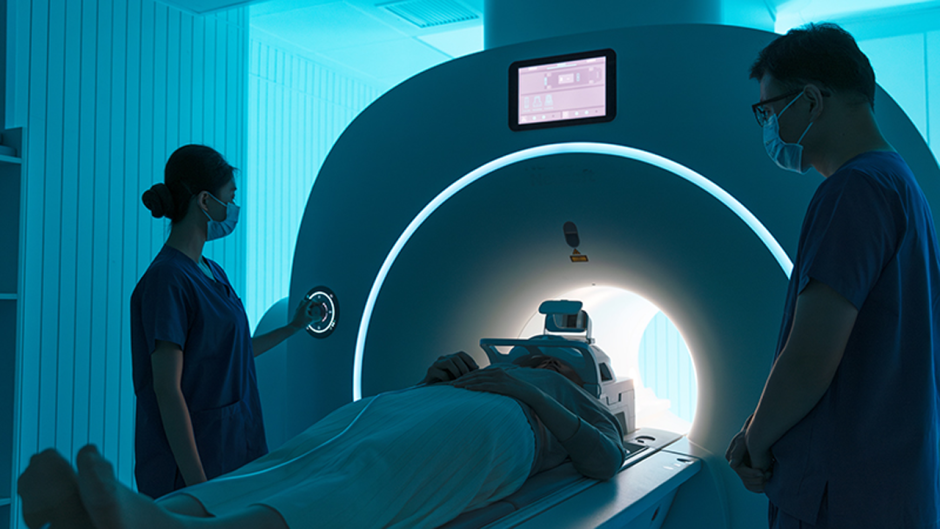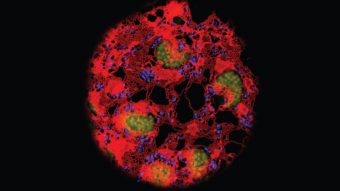
July 11, 2025
Cardiac magnetic resonance imaging (MRI) scans typically take 30 to 90 minutes and provide critical insights into heart function and potential issues. However, the quality of these images can be compromised by patient movement, making them difficult to interpret.
That’s where TagGen, an artificial intelligence (AI)-assisted model developed by researchers from the University of Missouri School of Medicine and the College of Engineering, can make a big difference.
“If you have a blurry image, you have very few ways to recover the fine details or quality of the image,” Changyu Sun, the lead researcher, said. “The sharpness reveals very important information for the clinical diagnosis, like if there’s abnormal movement or any dysfunction.”
The better quality means the scans have sharper taglines, which are markers that track muscle movement. These taglines help doctors identify areas of the heart that aren’t moving properly or may be damaged. Without them, it can be difficult to track the motion or accurately measure cardiac function. As the AI processes the image, it restores the quality and provides better visualization of the heart moving.
The faster scanning and improved tagline quality enabled by AI allows doctors to better observe the heart and how it beats, contracts and pumps. While TagGen is still in the developmental phases, research suggests that acquiring the scan would take significantly longer and would drive up cost, patient discomfort and lower image quality without implementing the AI-assisted model.
"During a heart MRI scan, patients are asked to hold their breath to reduce chest movement from breathing, which helps create clearer images.” Sun said. “Some scans take more than 20 heartbeats, making it harder for patients to hold their breath. By using TagGen to maintain the taglines, doctors can see information they would have otherwise missed, and patients only need to hold their breath for three heartbeats. This technology will lead to better diagnoses and improved patient outcomes.”
Read more from the name of School of Medicine


